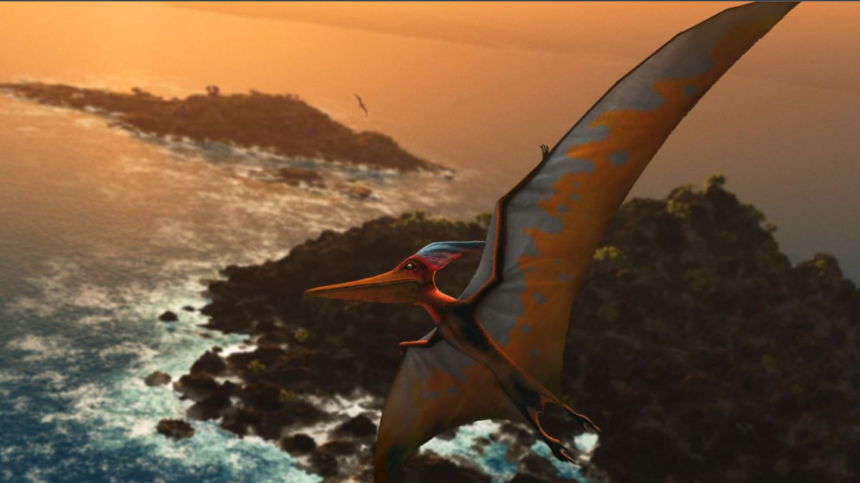Introduction:
At the point when no one but bugs could fly, this separates them. Disregarding our broad information on dinosaurs, pterodactyls keep on being among the most confounding of them. These two flying reptiles were all shockingly indirectly associated with each other. Recorded underneath are ten central issues about these claimed “pterodactyls” that each devotee of old life ought to know of. You could imagine flying dinosaurs when you hear “pterodactyl,” but the name indeed alludes to a gathering of related dinosaurs that lived during the Cretaceous time frame.
TERADACTYL Versus PTEROSAUR:
Separating them from the connected pterosaurs were a couple of particular traits. The initial step is to isolate the pterodactyls from the pterosaurs. Albeit the expression “pterodactyl” is generally used to apply to any flying Mesozoic reptile, it just applies to a particular subclass of pterosaurs called pterodactyloids.
Revelation Of Teradactyl:
The revelation of different fossils has enlightened the variety and conduct of pterodactyls. We owe much of what we are familiar with ancient life to the early ID and investigation of pterodactyl fossils in the eighteenth century. There was certainly not a solitary size or state of pterodactyl; instead, there was a broad reach. The pterodactyls Pterodactylus and Quetzalcoatlus are two of the most notable instances of their kind. The standard wing length of the little pterosaur teradactyl was around 1 meter. As one of the earliest pterosaurs to be uncovered, it has been the subject of broad exploration.
Actual Attributes:
These flying reptiles called both waterfront and inland conditions home. Proof of their reality as fossils has been revealed on each continent. There were many distinctive attributes of pterodactyls. Their controlled flight was conceivable by wings held up by a solitary, broadened finger. Their snout was fixed with sharp teeth, and their empty bones prevented them from getting excessively weighty.
Propagation And Life Cycle:
Around a long time back, like other different dinosaurs and ancient species, pterodactyls became wiped out, possibly attributable to natural changes and resource contests. Pterodactyls’ conceptive ways of behaving are primarily a secret, but all things considered, similar to current birds, they lay eggs. How they lay eggs and care for their young is a mystery. This was made extremely clear in the 2005 film Pterodactyl, despite how pteranodons were utilized instead of pterodactyls in the movie. Researchers have yielded that this is a characteristic result of the pterosaurs’ notable status. It’s similar to how T-Rex is ordinarily used to allude to Tyrannosaurus rex and different dinosaurs in a similar family.
Teradactyl Exploration:
As more and better fossils of pterosaurs are uncovered and innovation improves, how we might interpret these animals develops. New data on their science and conduct is being disclosed constantly by scientists. Pterodactyls are wiped out in the wild, yet their fossils ought to be safeguarded so researchers can learn about Earth’s past from them.
Conclusion:
There are numerous qualifications between the two species. One explanation is that pterodactyls grew before, during the Jurassic Era. Ancient avian rulers called pterodactyls can tell us much about Earth’s past. These uncommon creatures keep provoking scientists’ curiosity due to their strange flight capacities and adaptations. Hatzegopteryx, a European pterosaur with comparable aspects to the Quetzalcoatlus, is safeguarded by frustratingly divided fossil remaining parts.



